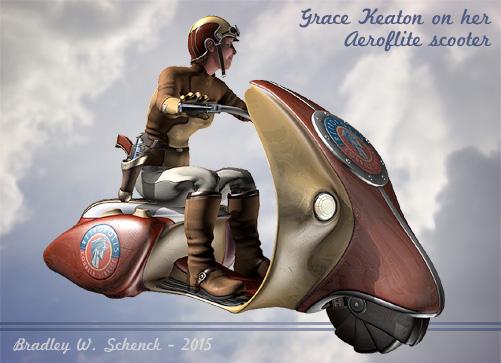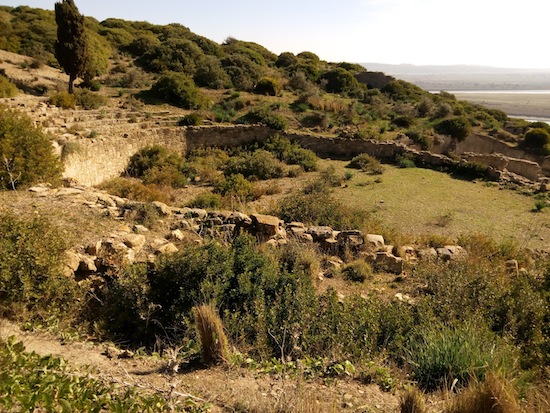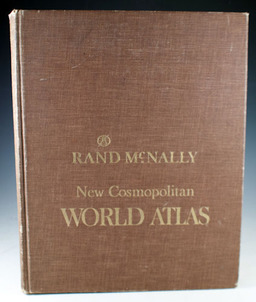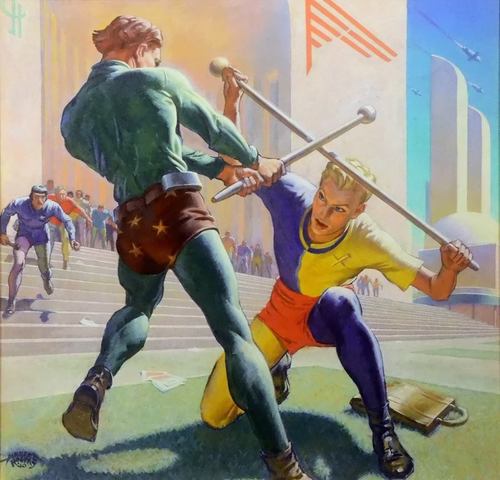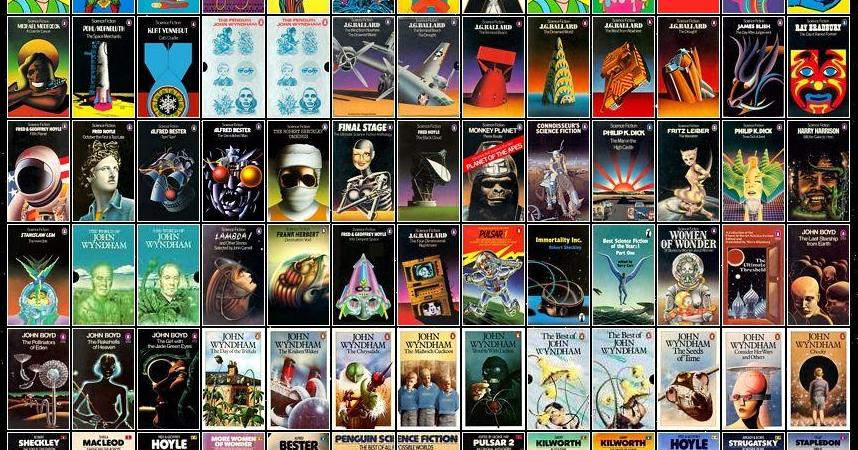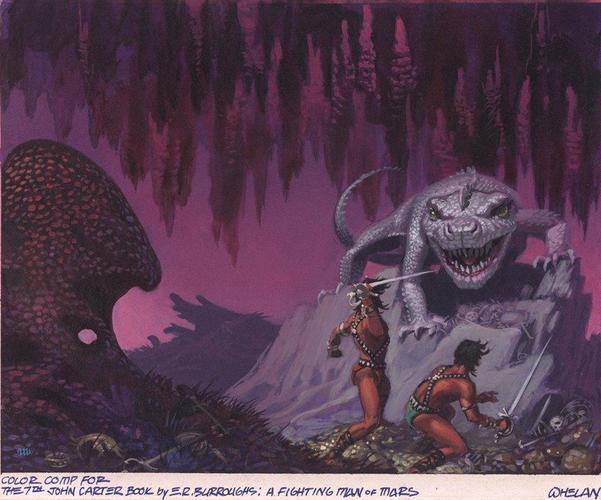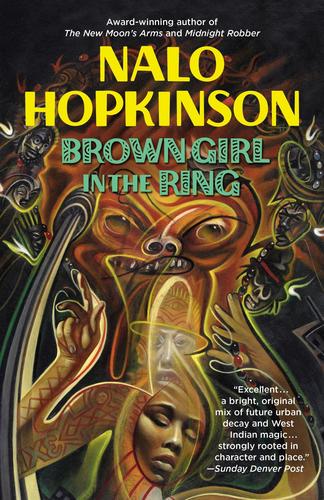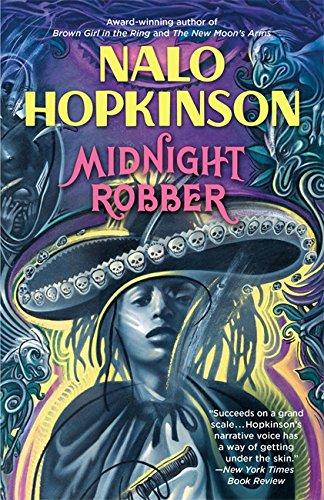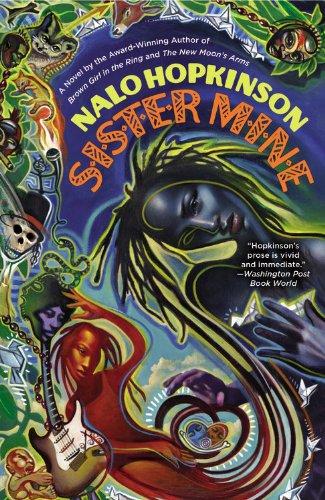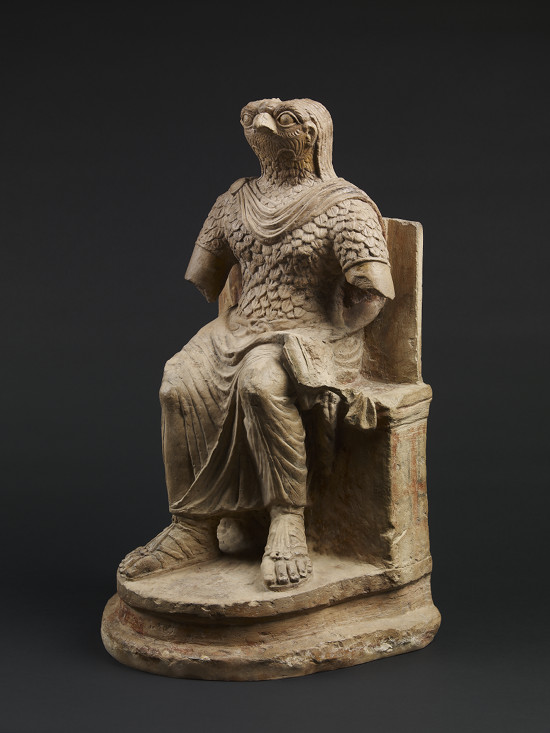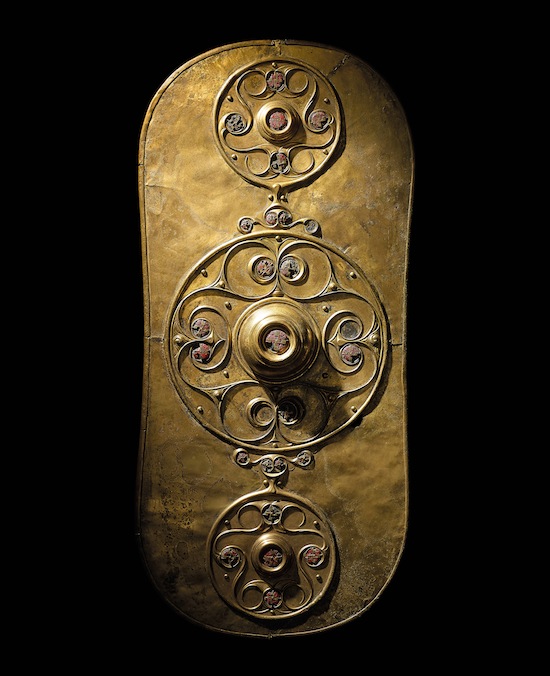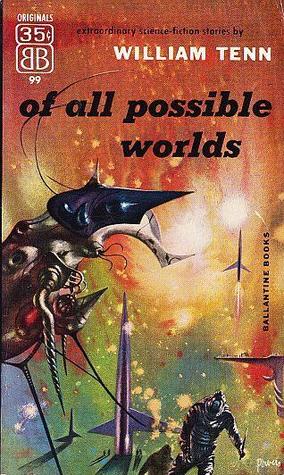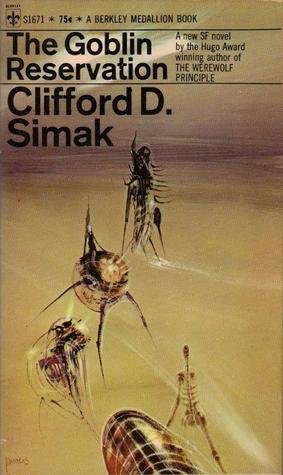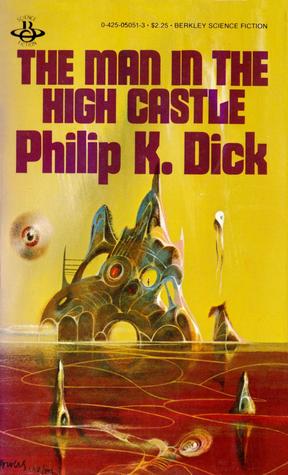Bradley W. Schenck Shows Us Grace Keaton on Her Aeroflite Flying Scooter
Over on his Webomator blog, artist Bradley W. Schenck has posted a work-in-progress I like a lot, part of his ongoing Retropolis art series. He tells this brief story to go along with the painting.
Here’s Grace Keaton on her aged but serviceable Aeroflite flying scooter; it’s a work vehicle, standard issue for couriers in the Retropolis Courier Service. Grace makes her deliveries on the notoriously dangerous Route X and she’s the longest-lasting (in fact, the only surviving) courier on that route.
Route X couriers make four times the wages of normal couriers and Grace works half days. That’s a comfortable living for a graduate student. Unless you weaken. But somebody has to deliver along Route X. How else would the denizens of Retropolis’ Experimental Research District get their ‘mildly’ toxic chemicals, their suspiciously glowing minerals, or their generally illegal biological specimens?
See all the details here.
